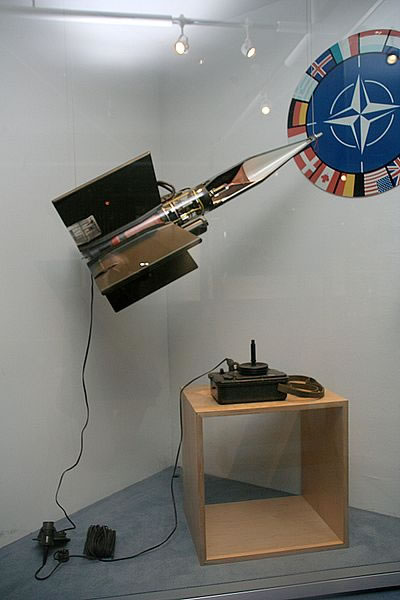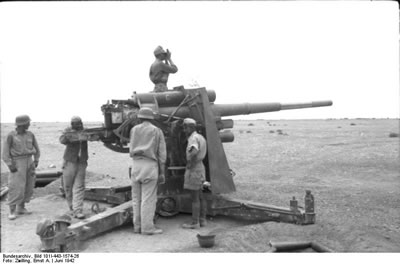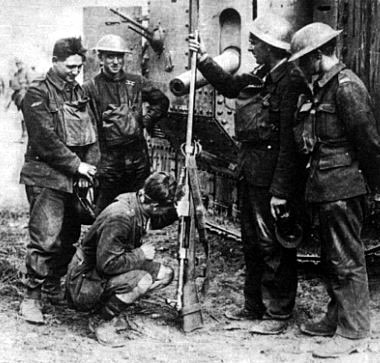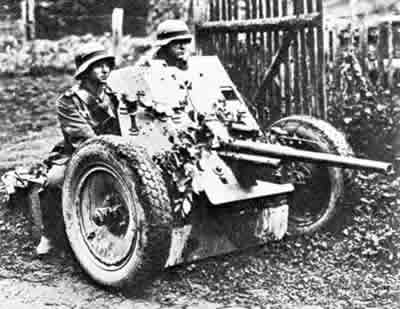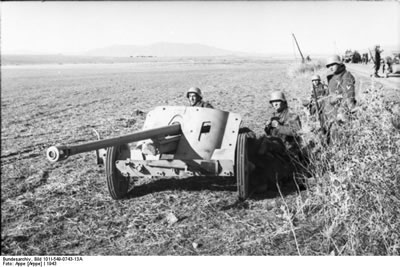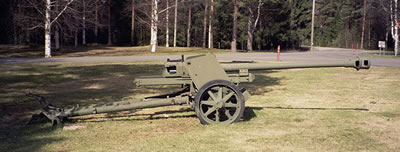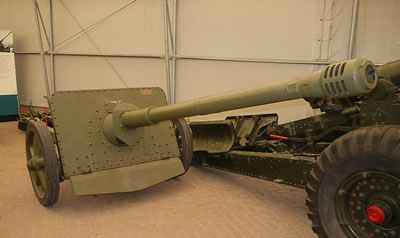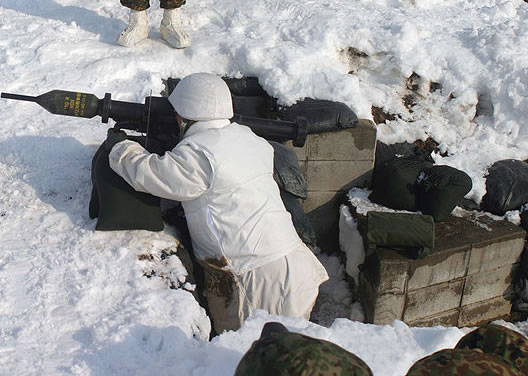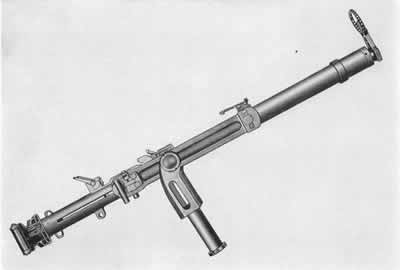Germany’s Armbrust light anti-tank launcher was developed by a private company. After it proved to be accurate and dependable in trials, it was employed by the West German army. It was used by the German army after the reunification of Germany in 1990, and is still in use today. Shoulder-fired and disposable, the Armbrust (German for …
Continue reading “Germany – Armbrust Light Anti-Tank Launcher”

